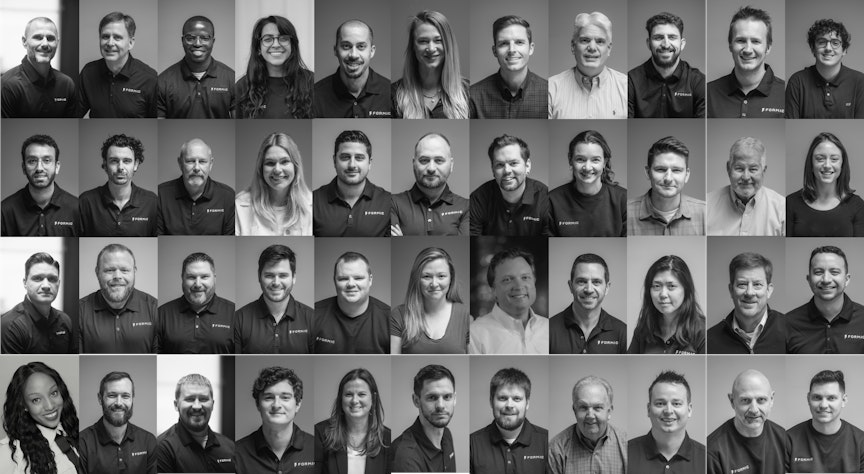Manufacturers today face ongoing labor gaps, costly downtime, and mounting pressure to deliver products on time and in full. To break the cycle of hiring, retraining, and turning down business they can’t meet, many are turning to automation.
But purchasing a system outright isn’t an option for manufacturers with limited capital, few internal engineering or maintenance experts, and little tolerance for the downtime that comes with integrating new automation.
Instead, manufacturers are relying on Full Service Automation (or Robots-as-a-Service), leaning on the experts to manage the automation while they focus on what they do best.
Recently, Formic’s Automation Sales Manager, Jon French, joined Timpl’s Tony Moore on the jobTopia podcast to discuss Full Service Automation and unpack how it’s transforming the way manufacturers adopt automation.
Inside Full Service Automation: What You Need to Know
- Lowering Barriers to Automation: Full Service Automation replaces large capital expenditures with a monthly or annual contract-based model, giving small and mid-sized manufacturers access to automation without financial risk.
- Contracted Performance: Formic provides Full Service Automation — managing everything from design to maintenance — with uptime and productivity baked into the agreement.
- Fast Deployment: Typical installations are completed in weeks versus months, helping avoid downtime and realizing the Total Cost of Ownership (TCO) more quickly.
- Improved Workforce Dynamics: Robots take on repetitive and ergonomically challenging tasks, enabling employees to focus on higher-value, less fatiguing work.
- Scalable and Flexible: Customers can scale systems up or down as production needs change, or even cancel without penalties if the system doesn’t perform as planned.
- Data-Driven Optimization: Real-time analytics and remote monitoring help manufacturers identify bottlenecks, ensure consistent throughput, and maintain quality.
- Cultural Shift Toward Adoption: Success depends on internal alignment; teams must communicate automation as a tool that supports people rather than replaces them.
- Common Use Cases: Applications include palletizing, case packing, floor cleaning, and other repetitive or labor-heavy tasks on production floors.
- First Steps for Manufacturers: Start small with a pilot project, measure impact, and use those results to inform a broader automation roadmap.
Your First Step Toward Smarter Manufacturing
Full Service Automation is not just a new way to deploy robots; it’s a pathway for manufacturers to accelerate productivity, close labor gaps, and transform their operations without the heavy upfront investment and risk.
Watch the full episode here to discover how you can automate your facility today.



